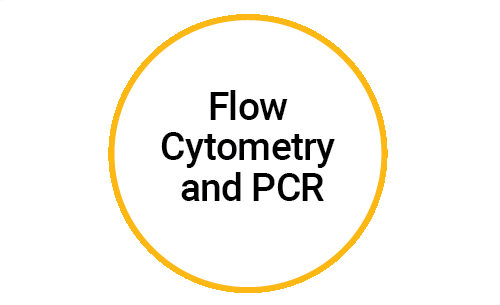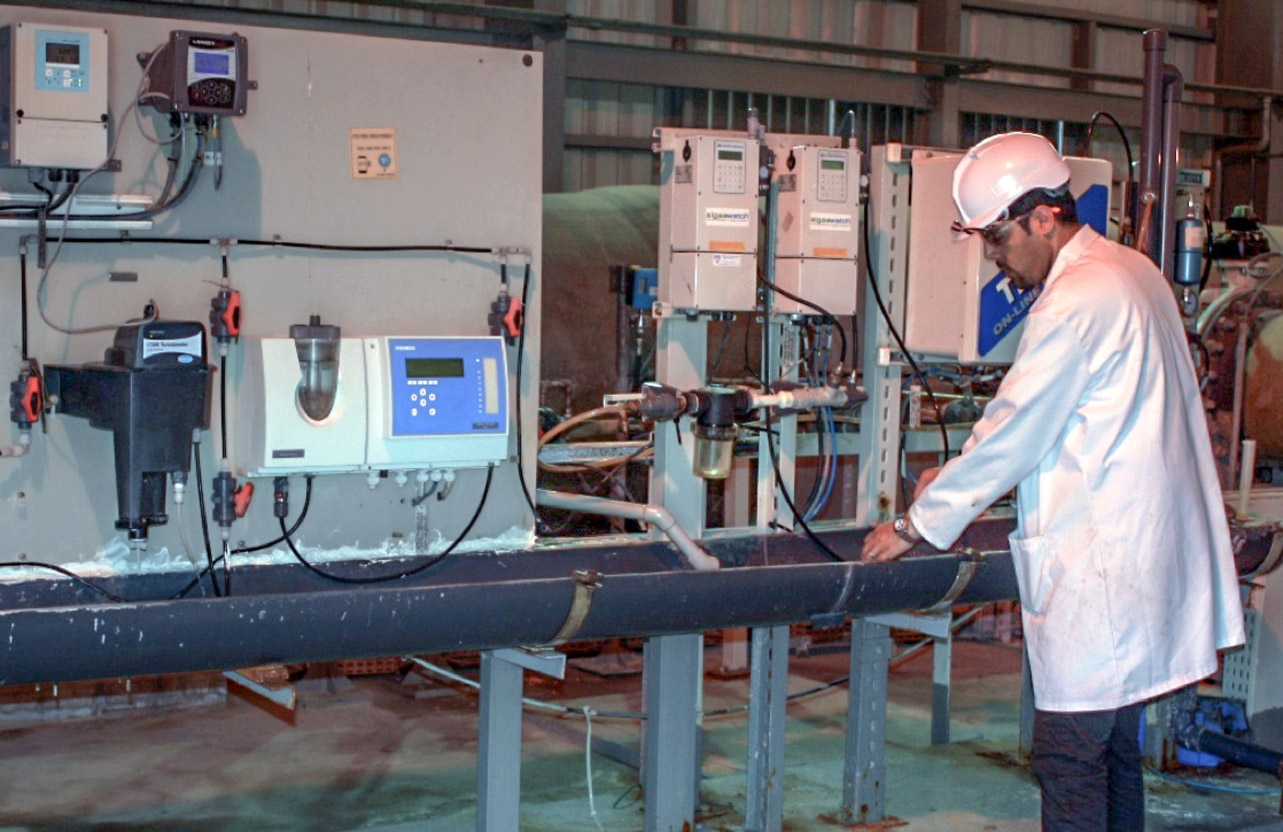ATP Water Testing
Microbiological analysis of drinking water and industrial water systems is crucial for protecting public health and infrastructure integrity. Rapid water testing methods can help detect problems before they become too costly to resolve. Learn about the importance of monitoring microbial levels in water systems and how ATP assays can help.
How Does ATP Compare with Other Methods?

Heterotrophic plate counting (HPC) directly measures viable microbes, but it takes days and detects less than 10% of viable bacteria.

Flow cytometry and PCR improve turnaround time and accuracy but neither method directly measures live bacteria.
ATP detection is the only method that directly assesses living cells from any type of microbe, providing an immediate indication of microbial contamination in your sample.
Why Use ATP to Detect Microbial Contamination in Drinking Water?
Control Water Quality
Harmful bacteria in drinking water can cause diseases such as diarrhea, cholera and typhoid fever, leading to millions of deaths every year. Regular monitoring of live microbes at each stage of the water treatment process ensures water quality. ATP assays can detect microbial contamination at low levels, serving as an early warning system to prevent microbial contamination from getting out of control.
Protect Water Distribution Systems
Microbial growth in drinking water distribution systems can result in biofilm formation and microbiologically induced or influenced corrosion (MIC) within pipelines and storage tanks, requiring enormous effort and cost to repair. Detecting live microbes quickly to identify microbial proliferation hot spots can prevent damage to infrastructure. ATP assays are ideal for this purpose because you can get results in minutes.

Why Use ATP to Monitor Bacteria in Seawater Desalination?
Prevent Membrane Biofouling
Membrane biofouling occurs when bacteria from seawater sticks to the reverse osmosis (RO) membrane and forms a layer of biofilm, reducing water flow. The best way to minimize biofilm formation is pretreatment, which minimizes amount of biomass and nutrients in source seawater entering the RO filter. ATP assays can be used to continually monitor raw seawater to determine whether the pretreatment process is effective and take action when needed. With more data, you can be proactive instead of reactive to prevent membrane biofouling.
Reduce Cost of Desalination
The cost of desalination is high. The most expensive maintenance cost comes from the constant need to clean or replace RO membranes due to membrane fouling. By continually monitoring biomass with ATP assays, you can prevent biofilm from forming and clogging the membrane. This allows for optimal membrane filtration efficiency and reduces the time and costs for membrane maintenance or replacement.

Why Use ATP to Monitor Bioload in Cooling Water?
Determine Effectiveness of Biocide Dosing
Industrial water facilities often receive cooling water from surface waters, such as rivers or lakes, that contain microorganisms. High amounts of bioload in cooling water can lead to infrastructure risks, such as blockages due to biofilm growth and sloughing, microbiologically induced or influenced corrosion (MIC), and reduced heat transfer efficiency. To prevent these risks, cooling water is often treated with biocide. ATP testing is a simple way to determine whether biocide treatment is effective in reducing bioload.
Prevent Legionella
in cooling towers
Legionella is a bacteria commonly found in surface water, and causes a severe form of pneumonia called Legionnaires’ disease. Cooling towers and water storage tanks are the most common sources of Legionnaires’ disease outbreaks. The disease is transmitted when Legionella-containing mist is inhaled into the human body. Monitoring ATP in cooling water allows you to quickly and easily determine whether bioload has reached unacceptable levels and effectively prevent Legionella outbreaks.

